[I wrote this for Digital Academy students, four years ago. As the information about analog motion picture camera is quickly vanishing from public knowledge systems, I syndicate this here. This article needs some modification. I shall do that in few days. The original post may be accessed here .]
“… the Director of Photography is a money manager, who with the assistance of the crew, must deliver daily a product that is aesthetically exciting, technically exact, and on budget. (...)
“And-oh, – yes- he or she must, in each expensive minute of every working day, contribute to the art of the film” – David L. Quaid, ASC
“… the Director of Photography is a money manager, who with the assistance of the crew, must deliver daily a product that is aesthetically exciting, technically exact, and on budget. (...)
“And-oh, – yes- he or she must, in each expensive minute of every working day, contribute to the art of the film” – David L. Quaid, ASC
Having a controlled check on composition and exposure is important, but all such theoretical knowledge fall flat if they cannot be applied to the actual filmmaking process. Whatever the make of the camera might be, it is basically a light-tight box, with controls inbuilt for obtaining sharp images (lens), exposure (aperture and shutter), and film or sensor on the back. These are the basic parts a camera must have; but with more sophisticated and user friendly cameras lining up every day, in the market, a detailed knowledge of each popular make and the differences among them is necessary.
When motion picture became a major industry in the west, just after the World War II, efficient, automatic cameras boomed in the market. For a long time, cameras were hand-cranked. That means, the operator would run the show by manually passing 10- 16 frames per second in front of the projector gate. Gradually, film advance inside camera was replaced by machine. New companies such as ARRI, Mitchell, Aaton, Éclair and Panavision appeared in the market.
Cameras soon became standardized, so that one who knew how to use a camera of a particular make could easily run another of the same make with minimum additional training. As the camera design was based on common sense, this common ground among completely different cameras made life easy for cinematographers.
How was the basic camera design? Why is that still the same – even after hundred years since the camera came to exist? A look into the basic lay-out of any motion picture camera may clarify this.
No other camera is better than ARRI IIC for this purpose. Granddaddy of most cameras functional today, this light-weight, small SLR camera exhibits the basic design which made all ARRI cameras popular. Stanley Kubrick, a great ARRI Aficionado throughout his life , used this great portable camera to some extent in all his films. ARRI IIC from the ARRI 35 group (IIC being the model number, while ARRI is the company that manufactures these cameras – named after the two founders – Arnold and Richter – Ar-Ri) is a modular camera. That means, its components can be separated and other fitting components can be locked in their places. Basically the camera system consists of the camera body with the gate, pressure plate and pull down claw where the film is threaded; the view finder; the camera motor which runs the film through the camera, lens and magazine where both the unexposed and the exposed filmstock stay.
A detailed look into each part is necessary. Just like any other SLR camera, ARRI IIC body is housed with a mirror-shutter and a prism on the side to reflect light to the view-finder ground-glass. A brief explanation is needed now. Any camera is a sophistication over the basic pin-hole type that creates an inverted fully color image on the inside wall of the dark box (ie, the camera). Light rays that pass through a small pin-hole opposite the image-wall create that inverted image.
This simple system of viewing ensures the photographer of the framing. He knows he will get exactly what he sees. As the photographer sees the reflection through a single lens, the camera system is known as SLR (Single Lens Reflex.) Motion Picture cameras use a similar technology. However, here the mirror does not flip upwards, as it does in a still photography SLR camera. No physical mirror can go through so many ups and downs at such a high speed (film speed is 24 frames per second normally.
So, such a mirror would have to flip up 24 times a second, and in 1/48th of a second each time.) Motion picture cameras solve this problem with a rotating mirror. In a still photography camera, the shutter stays behind the mirror and both flip up or down together, in sync, when the film is exposed. In a motion picture camera, however the shutter and the mirror are in the same rotating disc. Arri came up with this brilliant technology in 1931, anticipating the very high demand of such a technology, in future.
How does this technology work?
The mirror itself works like a shutter.In Arri IIC, the shutter angle – how much area in the circular disc is covered by the mirror and how much is left open – is variable from 15° through 165°. The shutter speed effectively changes as the shutter (or mirror) opening is changed. Shutter speed for each exposure (ie, each frame) is 1/52th for a normal shutter closure of 165°. More shutter opening makes shots blurry. Less opening makes them crispy sharp. For that reason fast actions normally require very small opening. In many modern cameras, the shutter opening (technically known as shutter angle) can be changed when the shot is on (when the camera is running.) An electronically operable shutter is installed in such cameras. In Arri IIC, and many other cameras, that is not possible. Shutter angle can be manually changed, and only when the camera is powered off. In all Arri and other SLR motion picture cameras the continuous flicker at the view-finder is a part of life for the cinematographer.
That means he sees what the lens sees, but that also means he cannot see what is being recorded on the film. For that split second, when a frame is exposed, the mirror goes down and the view-finder is blanked. Such a split second occurs twenty four times every second, during filming. Aspect ratio, information about the frame and many other things are displayed through the view finder, for the cinematographer’s use. They are basically marks on the ground glass. The ground glass can be taken out, changed, or even fitted with LEDs. In the camera body, besides the mirror, the other two important things are the pressure plate and the pull-down claw.
When the film is running, it cannot run on its own. Something has to move the film through the gate. The pull-down claw does that. When the film is at rest, it gets exposed. Any kind of motion, or vibration in the film blurs the image. Hence, something is needed to keep the film steadily static. In other words, the film needs a solid support. The pressure plate is just a metal plate, that gives such support to the film. The film adheres to the pressure plate literally, until the pull down goes back, goes up and moves forward to get into a perforation and goes down with the perforation so that the next frame can be exposed. The way pull-down claw moves can be compared to a train’s wheel on the track.
Arri makes their own lenses in collaboration with Carl Zeiss. The two major series of cine lenses are Ultra Prime and Master Prime. There are three types of popular mounts – PL (Positive Lock) mount, C-Mount and Bayonet Mount. Most camera operators prefer PL Mount for the ease of their fitting.
Lens is a major attachment to the camera body. There are a range of different lenses that can fit onto the lens mount of a camera. Some companies like Panavision are very exclusive in the choice of lenses. They use mounts where only their lens can be fit.
The motor can be used as handgrip for handheld camera operation. This is how many operative cameramen used this model for documentary type shots. Like most motion picture cameras, Arri IIC uses a DC battery of 16.8 V normally. For faster frame rate shoot (which means slow motion in the projected footage), or time lapse cinematography, 24 V batteries can be used.
The next important part of the camera is the motor itself. It fixes to the camera body on its underside. It is a variable speed motor which operates through a rheostat (variable resistance.)There are buttons on the camera body to maneuver the shutter rotation (inching knob), change the frame rate (tachometer) and to close the viewfinder from inside.
There should be a three installments on the function, precision and choice of different lenses and their respective use in different situations, with corresponding footage. I shall post that, shortly, subject to acquisition of test and actual footage and the permission from the Cinematographers who shot those.
ARRI-Zeiss Lenses
Between the take off and take up sprocket of the magazine, runs the film to be shot. This running length is constant, and its length is maintained in a loop. For Arri magazines, this loop is 52 perforations (ie, 13 frames) in length. If this loop is of a different size, the film can break due to running stress.
There are many more companies that make SLR and other systems. However, all motion picture cameras share the basic designs implemented by Arri company in Germany, when they planned their IIC model. A cinematographer has to update himself continuously of current camera designs and operative techniques. Reading product literature and shooting tests with a new camera in the market is a cinematographer’s routine work.
<




















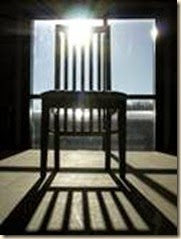



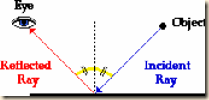
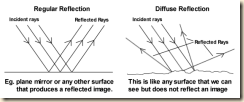
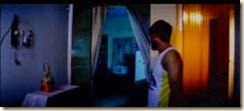
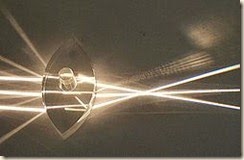
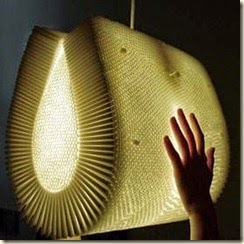
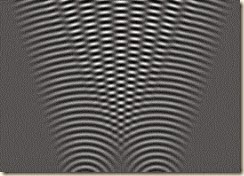

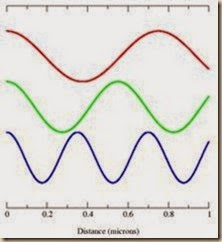




.png)























